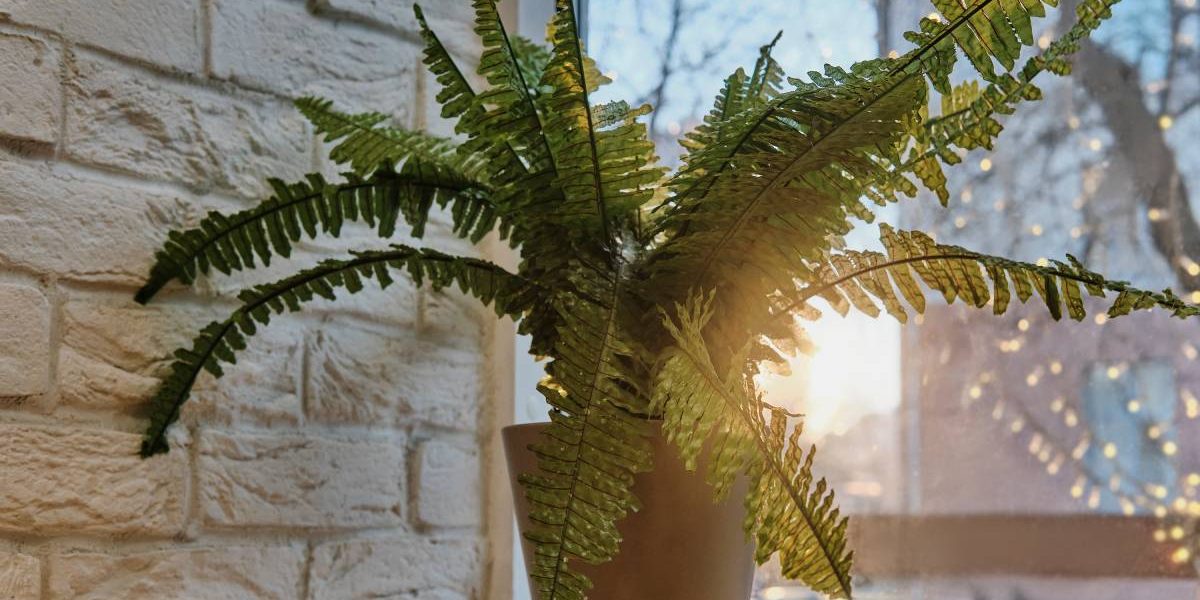Improve the air quality in your bedroom by adding indoor plants. Experts, including those at Cornell University, say that any healthy indoor houseplant can purify the air by taking it in, cleaning it, and releasing it back out. Just make sure the plant gets proper light, moisture, and nutrients.
Here are some beneficial plants for cleaner air in your bedroom
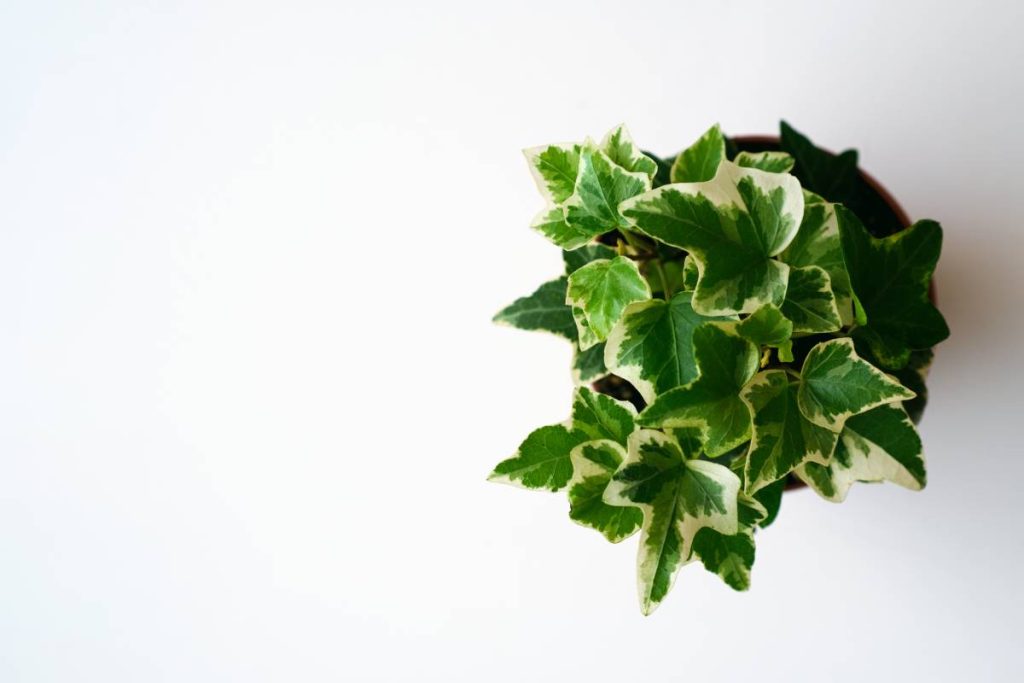
English Ivy
This low-maintenance vine is excellent at reducing airborne faecal particles, making it an ideal air-purifying plant for your bathroom or en suite. Studies also indicate that English Ivy can combat mould levels in homes. To keep it thriving, provide generous watering and four hours of direct sunlight daily for clean, detoxified air.
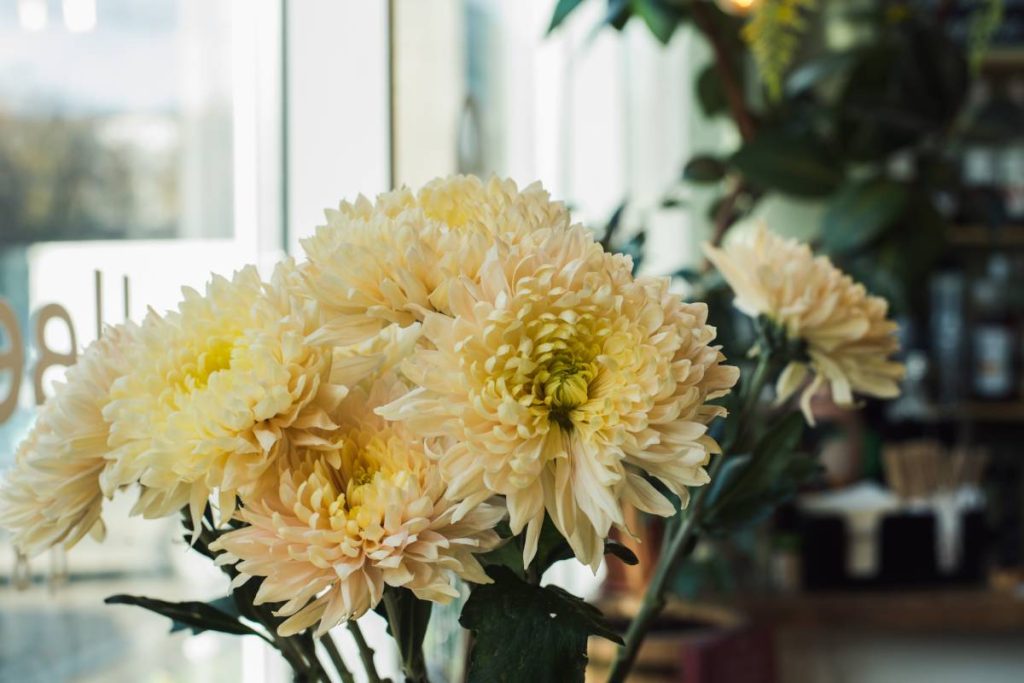
Chrysanthemum
Add a splash of colour to your kitchen or living room with a chrysanthemum. These beautiful blooms filter out toxins like ammonia and benzene, commonly found in plastics, detergents, and glue.
Care tip: Place the chrysanthemum near a sunbathed window, as it thrives in sunlight.
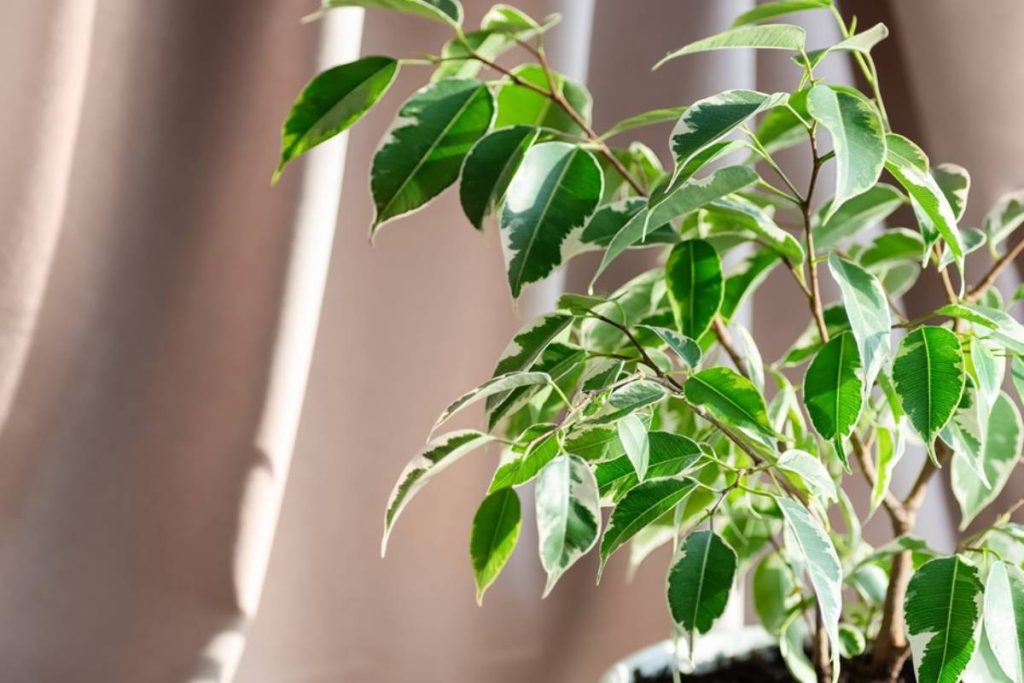
Weeping Fig
A favourite since Victorian times, weeping figs are effective against formaldehyde, xylene, and toluene.
Care tip: These plants prefer consistency. Keep your weeping fig in bright, indirect light away from drafts for years of reliable air purification.
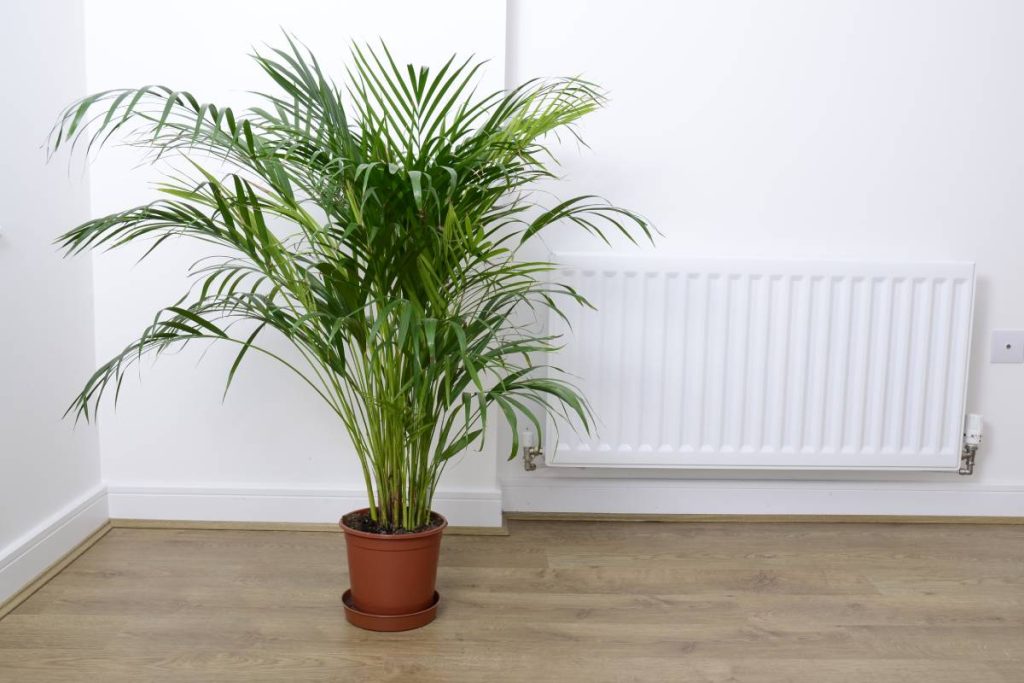
Areca Palm
Big indoor plants like areca palms not only look good but also filter a significant amount of indoor air.
Areca palms are known for filtering formaldehyde, a common indoor air pollutant that can cause irritation and even cancer with prolonged exposure.
They are especially helpful in bedrooms with new carpets, where formaldehyde levels may be higher.
These plants can also add humidity to the air if watered adequately.
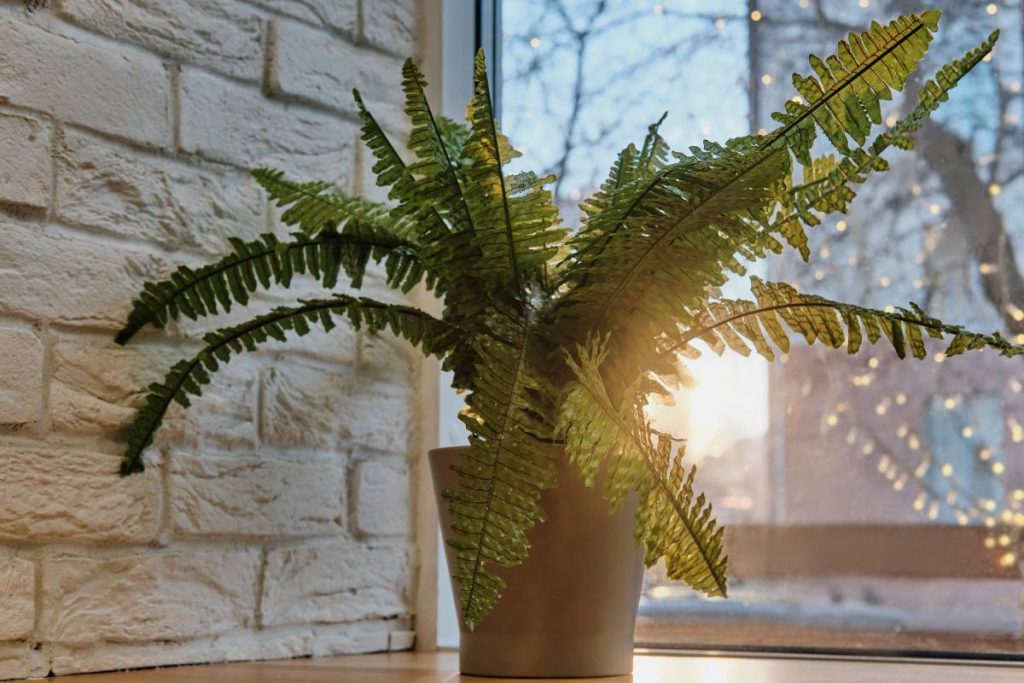
Boston Fern
Boston ferns thrive in cool, humid spaces with indirect light and can grow impressively large when given enough room. Keeping them consistently moist and watering deeply regularly is key. If your home tends to be dry, having Boston ferns in your bedroom can add moisture to the air at night, contributing to a more comfortable environment. Additionally, they filter out formaldehyde and xylene, which is particularly beneficial if you’ve recently completed bedroom renovations, as these chemicals may be present.
The Agency for Toxic Substances and Disease Registry highlights that xylene, widely used in various products, is among the 30 most abundantly produced chemicals in the United States. Boston ferns can help filter this toxin from your bedroom air, reducing the risk of inhaling it and potential irritation.
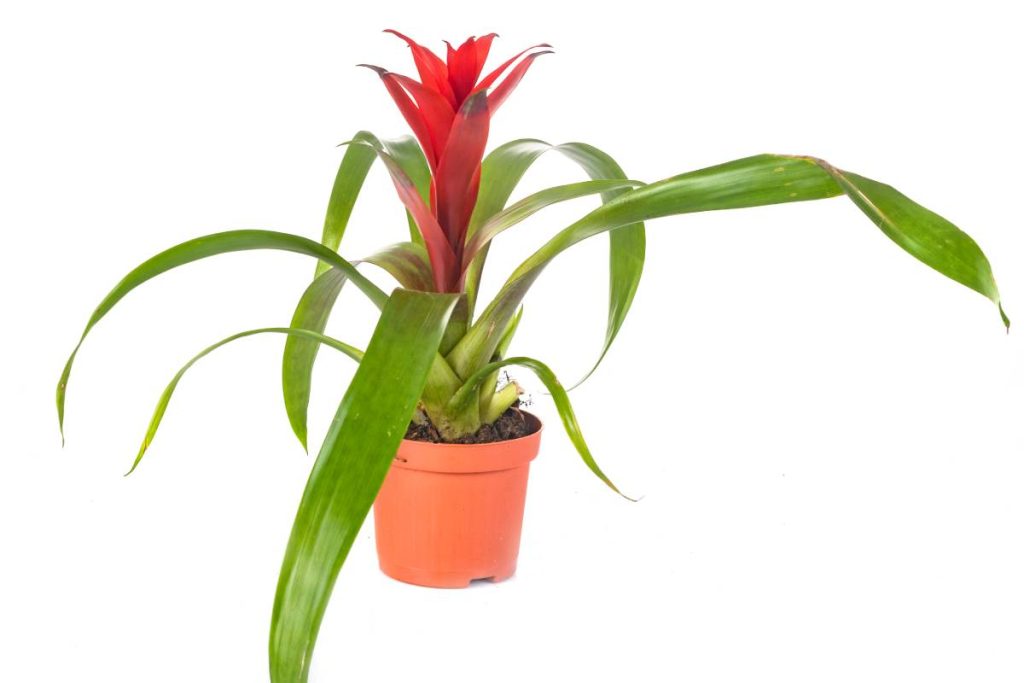
Bromeliad
Bromeliads, with their vibrant appearance, not only enhance the aesthetics of any space but also contribute to overall air quality. They thrive in low light conditions and require moderate watering, making them ideal for bedside tables or dressers. Bromeliads release oxygen, especially at night, promoting restful sleep according to a University of Alberta study. Adding a healthy bromeliad to your bedroom can create a more sleep-friendly atmosphere.
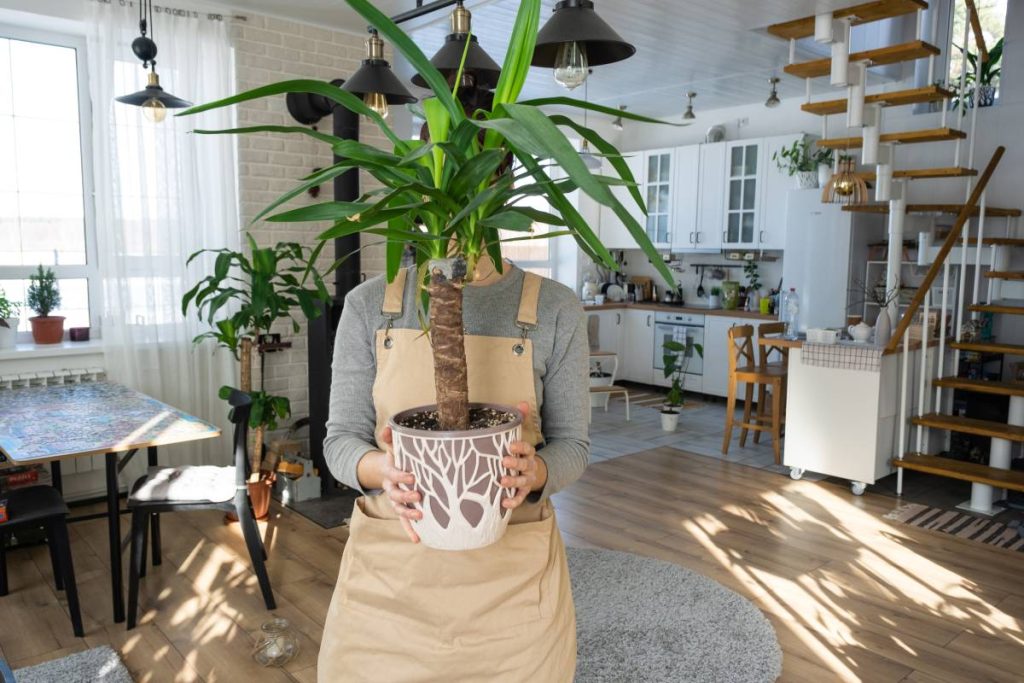
Dracaena
Dracaena plants come in various types, sizes, and colour patterns, making them versatile for different bedroom settings. Some grow tall, reaching the ceiling, while others remain compact. Both varieties are excellent choices for bedrooms. Their abundant leaves continuously absorb and emit oxygen throughout the day, keeping the air in your bedroom crisp and purified.
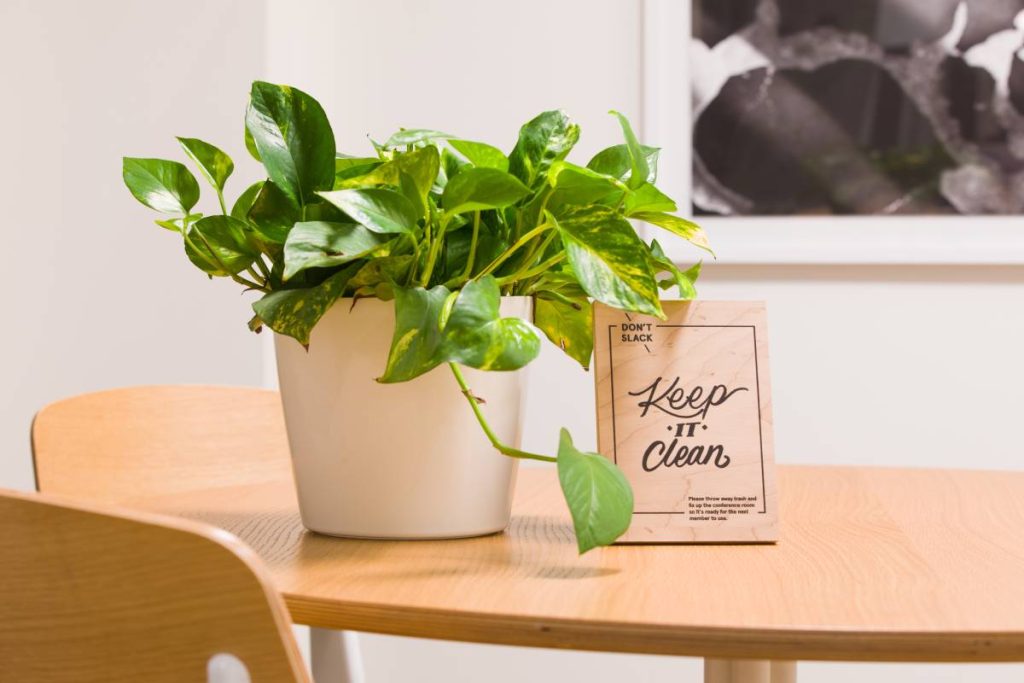
Golden Pothos
For those without a green thumb, golden pothos is the perfect plant. These trailing plants, adorned with leaves, actively absorb room air, eliminating carbon monoxide and formaldehyde while releasing ample oxygen. They’re versatile and can thrive in various locations, with their cascading vines making a charming display in front of a shaded window.

Peace Lily
Often given in times of mourning, peace lilies offer more than just sympathy. These large, lush plants bloom readily and filter benzene, formaldehyde, and ammonia from the air. Benzene, commonly found in indoor air, comes from products like glues and paints. Peace lilies, with their ability to eliminate these toxins, are a beautiful and effective addition to your bedroom. Moreover, they contribute to a more humid room environment.
Note of Caution: Peace lilies are toxic if ingested, so be cautious if you have pets or children.
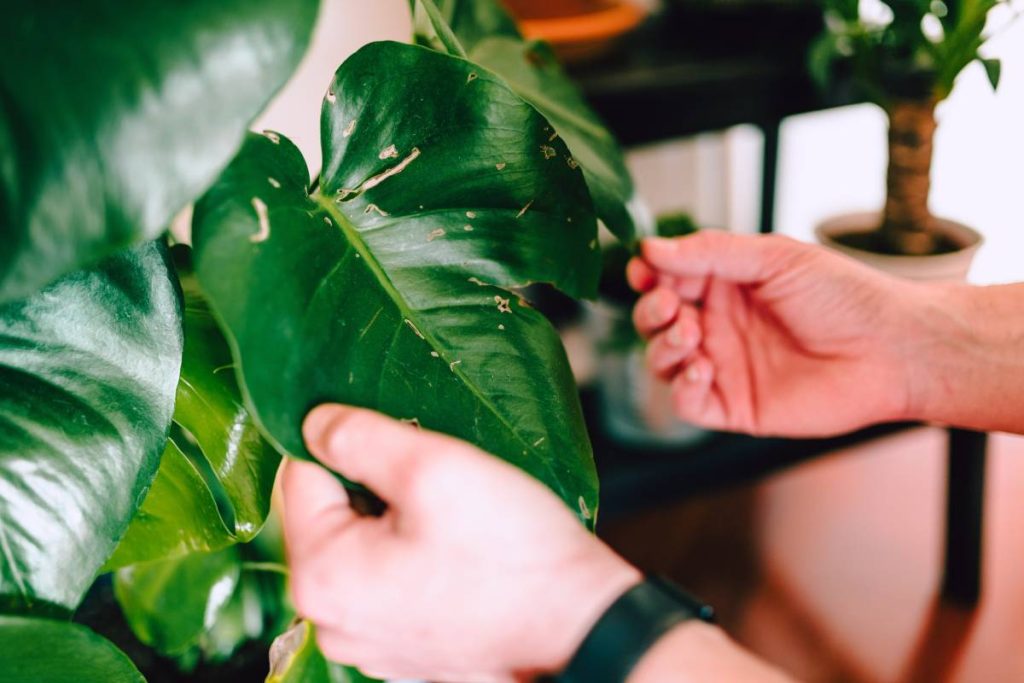
Philodendron
Philodendrons, another low-maintenance vine, come in various colours and sizes. They excel at removing formaldehyde from the air and adapt well to different lighting conditions. Heart-leaf and elephant ear Philodendrons are particularly effective at increasing oxygen levels, as highlighted by the University of Florida. Whether cascading from a container or placed elsewhere, all Philodendron varieties enhance your space while purifying the air.
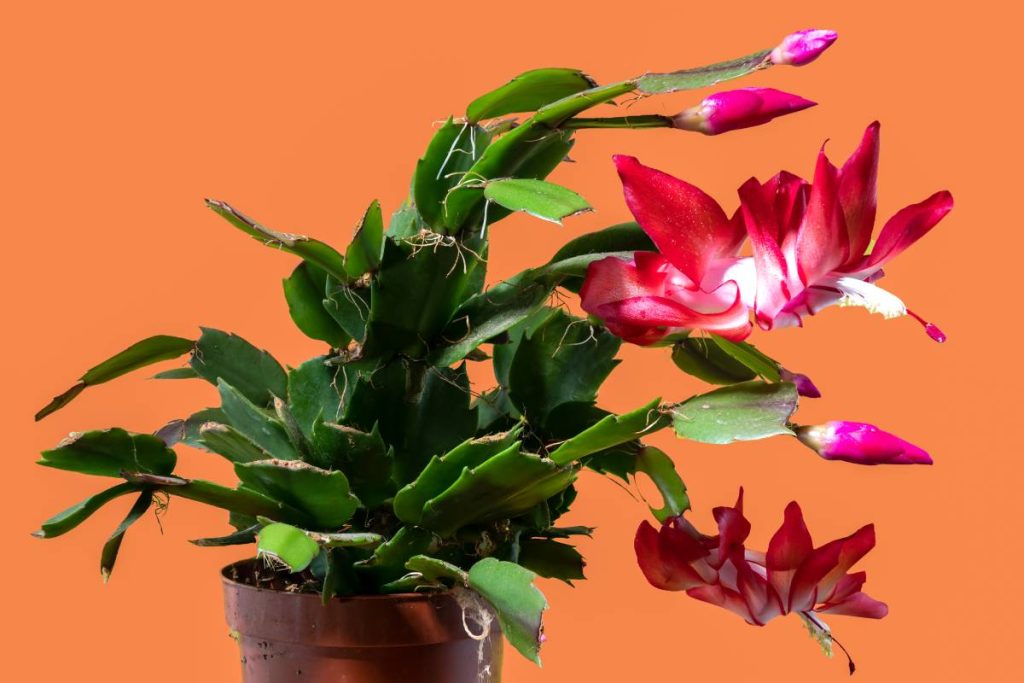
Schlumbergera (Christmas Cactus)
Hailing from tropical rainforests, Schlumbergera, also known as Christmas cactus, Easter cactus, or zygocactus, is a captivating trailing plant with distinctive jagged leaf segments. Contrary to its name, it’s not a cactus but a succulent. As nights get longer and cooler, it develops buds on its segments, blooming into beautiful flowers. Beyond their aesthetic appeal, these long-lived plants, usually under 24 inches in size, enhance air quality.

Snake Plant
The snake plant, also called mother-in-law’s tongue, is a resilient houseplant. It excels at filtering formaldehyde, benzene, and other toxins found in bedrooms, releasing oxygen from its sturdy leaves. Thriving in low-light conditions and forgiving of irregular watering, it’s an excellent choice for those new to indoor plants.

Spider Plant
Start your plant collection with the spider plant, known for its lush foliage. When root-bound, it produces shoots with small plants, creating a growing “plant army.” Together, they filter formaldehyde, benzene, and xylene from the air, rapidly transforming your space into a low-maintenance green haven.
Final Thought
Though these plants might help you purify the air in the room, please be cautious, not all houseplants are safe for pets. Some contain compounds harmful to animals and children. For instance, peace lilies, while visually appealing, can be harmful to dogs, cats, and children. Check with the nursery or your local veterinarian to ensure your chosen houseplants are safe for your pets.
Last modified: June 4, 2024
[mc4wp_form id="5485"]
